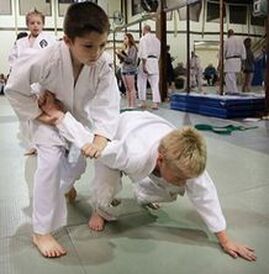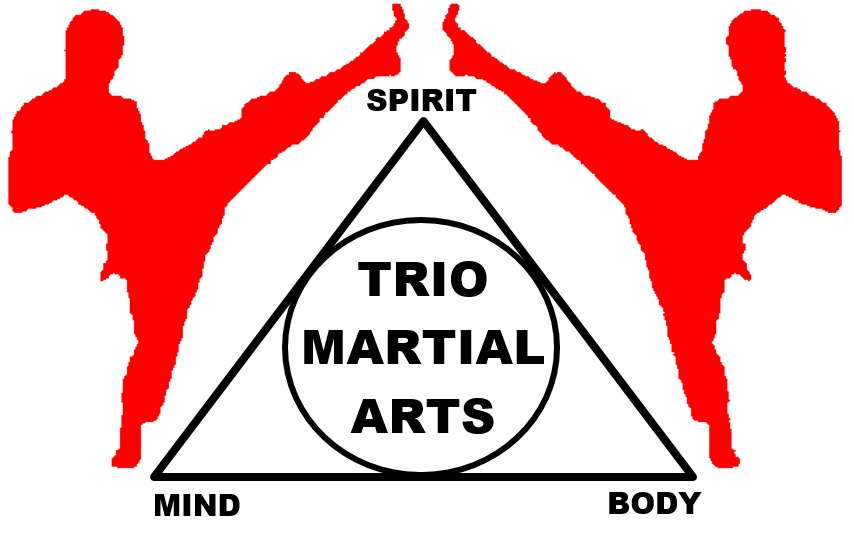|
Author: Bret Gordon  Jujutsu, also commonly spelled "Jiu Jitsu" and "Jujitsu," is quickly becoming one of the most popular martial arts today. When most people think of jujutsu, they think of Brazilian or Gracie Jiu Jitsu, but the truth is that is just one variation in the large pool of jujutsu systems. So first, we must identify what is jujutsu and then we can discuss its numerous benefits! Simply put, jujutsu (meaning “gentle art”) is any Japanese-based unarmed martial art that focuses heavily on joint manipulation and throwing techniques rather than striking. The Korean equivalent of jujutsu is yusul, and the Chinese equivalent is qin na. Regardless of origin, the idea of using “soft” techniques rather than “hard” striking gives one a great advantage... Jujutsu is one of the most effective self defense styles, because it allows anyone to subdue an attacker regardless of size! This is why it’s great for children! If an adult is trying to abduct a child, they can use their jujutsu training to break free of the hold and throw their attacker, giving them a chance to escape. Most children do not have enough power to effectively punch or kick an adult to fight them off, but jujutsu does not rely on strength. Instead, all jujutsu techniques rely on biomechanical principles that the body must follow. Regardless of size, a child can easily off-balance an attacker and throw them if they know how to (and have been practicing regularly with training partners of larger size). As children get older and enter their pre-teen and teenage years, many begin to struggle in social interactions. Many boys find themselves in physical altercations, which can result in injury and disciplinary action from the school. Due to “Zero Tolerance” policies that have been adopted across most public schools today, even a student defending themselves faces disciplinary action. Jujutsu, with its joint locks and throws, gives you a non-violent way of defending yourself that allows you to control an attacker and restrain them without causing any injury. Because jujutsu is an entirely defensive art where you are reacting to an attack, it’s much easier to prove who was the aggressor in the situation and who was simply defending themselves.  As adults, we face very similar issues. Should we be forced to defend ourselves, there’s a fine line between self defense and you yourself becoming the aggressor by legal standards. Jujutsu allows you to neutralize the physical threat and contain the situation without risking “going too far.” All too often, men and women who defend themselves and continue striking their attacker after they are no longer considered a threat find themselves facing criminal charges. Instead, jujutsu allows you to pin your attacker or subdue them with minimal force so that they can no longer harm you while maintaining your status as the defender. For women especially, jujutsu also takes away the advantage from a larger assailant. It doesn’t matter how big or strong someone is, their body cannot fight against a well-executed lock or throw. Jujutsu has stood the test of time as a battlefield art of the Japanese Samurai to its use both in the modern military and private security sectors. To study jujutsu is to gain an understanding of the body and its anatomy. When you learn how to use the body against itself, your techniques become effortless. Jujutsu levels the playing field, and gives everyone the opportunity and skillset to defend themselves, something that we all deserve. This article was originally published on the US Association of Martial Arts blog. To view the original article, please click here.
0 Comments
Your comment will be posted after it is approved.
Leave a Reply. |


